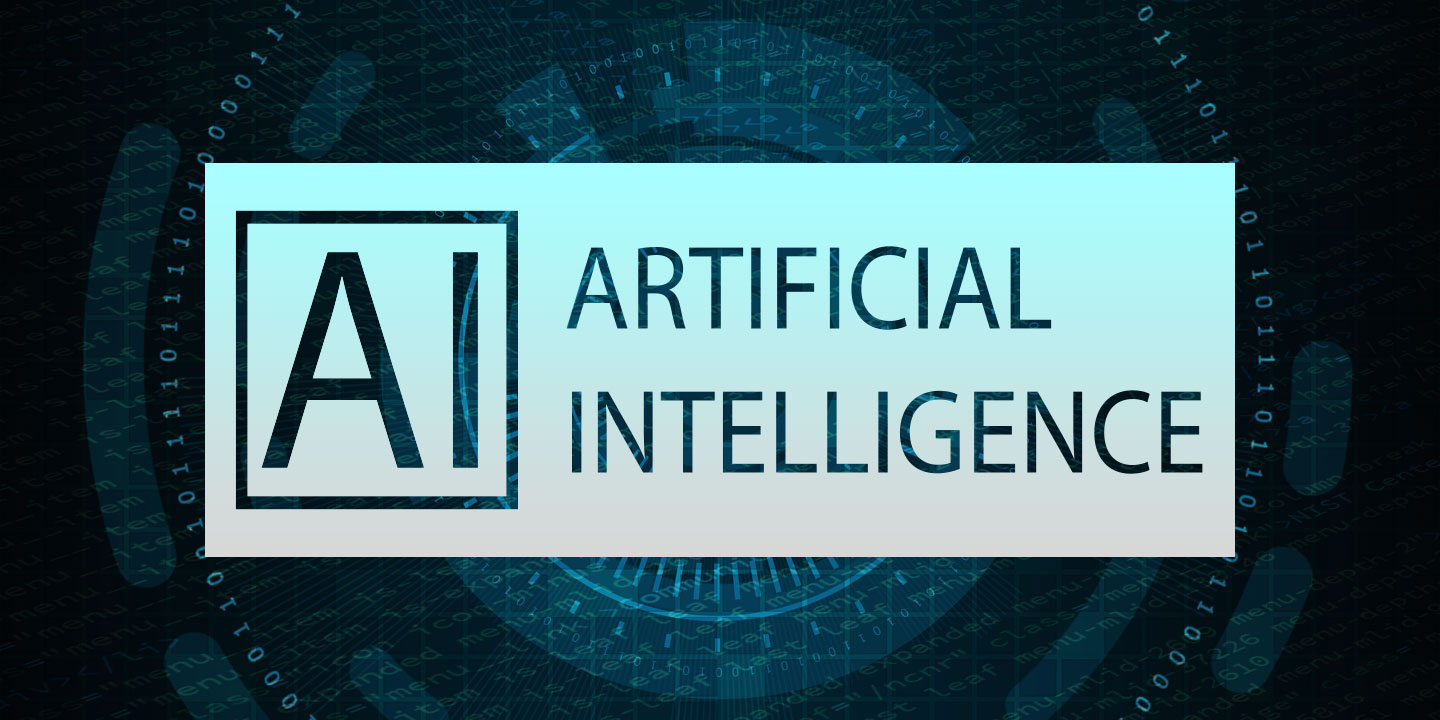
A collaborative effort of the Federal Laboratory Consortium Mid-Atlantic (FLC-MA) Region, Carnegie Mellon University Center for Artificial Intelligence & Patent Analysis (CMU/CAPA), and the National Institute of Standards and Technology, Technology Partnerships Office (NIST/TPO).
The process of patent application examination by USPTO examiners or by patent attorneys and registered patent agents in preparing applications is a significant intellectual activity that at present must be undertaken by individuals based on their knowledge of [among other things] the state of relevant technology and existence of prior art, the evolution of that technology, its scientific basis, its present and future use, and existing published work on the subject. That’s just for starters.
Patent application preparation and examination to include the preparation of rejections by PTO examiners and responses to these rejections from applicants are driven by a “sacred” text called the Manual of Patent Examining Procedures (MPEP). The MPEP, a document of more than 3700 pages, is known to disturb the sleep of even the most brilliant and seasoned patent practitioners.
While a detailed discussion of patent examination and prosecution procedures is far beyond the scope of this essay and the professional competence of its author, it is well worth noting some of the frequent activities included in patent prosecution and examination for reasons that will soon become apparent.
For example, in determining if an invention is patentable, inventors and patent practitioners must identify links to prior art references. They must determine the invention’s novelty, also called “anticipation” by prior art, the quality of non-obviousness, and establish utility. Establishing these factual links is not simple. Applicants (inventors), their registered practitioners, and USPTO examiners often must consult prior art references including, technical articles, other foreign and domestic patents, marketing documents, and instances of public demonstration. Also, this search to identify links and relationships may cross scientific and technological disciplines and market boundaries that at first seem unrelated. Establishing these links also may include identifying prior art inventors in the same field as the patent candidate technology. This type of activity may be especially important in determining technology novelty and non-obviousness. No single, simple, Boolean key word search of patent databases, can accomplish this kind of networking. This networking is the result of human intellect integrating many diverse elements of knowledge, experience, and insight regarding where to look for relationships.
Interestingly, T2 professionals engaged in the federal T2 mission perform many of the same “networking” tasks to establish relationships between federally owned technologies, inventors, owning agencies and markets, entrepreneurs, and potential licensees. These tasks support the identification of commercialization opportunities for government inventions, opportunities for commercialization initiatives, and even the recognition of imminent emergence of technological innovation. Again, such networking is essentially the product of human intelligence integrating knowledge, experience, and insight.
Now we come to the focal point of this essay: Can artificial intelligence (AI) algorithms, be used by the federal and academic T2 community to enable the commercialization of inventions and technological innovation? The author suggests that the answer to this question is “yes.”
The Carnegie Mellon University School of Computer Science recently established a Center for Artificial Intelligence and Patent Analysis (CAPA) under the direction of Professor Dean Alderucci, Esq. After several discussions with Professor Alderucci, it appears that there is significant intersection of technical interest between CAPA, the Federal Laboratory Consortium Mid-Atlantic Region, (FLC-MA) and NIST regarding the use of AI to support patent analysis and the many activities comprising the federal T2 mission. This includes federal and contractor T2 professionals who perform functions such as prior art searches, e.g., specialized patent firms and retired PTO examiners acting as search consultants. Anecdotally, one learns that both groups state that they are increasingly harnessing AI for this work.
In support of Dr. Copan’s interest in creating public-private partnerships for the use of AI in Federal Government activities, the FLC-MA region and NIST/TPO have begun an informal collaboration with CMU CAPA. The first product of this collaboration is a survey of federal T2 employees to assess their interest in AI algorithms to support their mission, which includes networking and patent analysis. This survey was distributed by the FLC-MA management support contractor through the Survey Monkey Platform. The results of this survey will be presented at the FLC-MA annual meeting, November 5-6, 2019 at the Universities-at-Shady Grove in Gaithersburg. Once the survey responses have been analyzed, it will be distributed to the other five FLC regions for their use.
This initiative is an exciting opportunity to bring AI, patent practice and analysis, federal T2 mission-related activities, and the promotion of AI in the Federal Government together.
jack.pevenstein [at] nist.gov (Jack E. Pevenstein)
FLC-MA Regional Coordinator
Technology Partnerships Office
National Institute of Standards and Technology

